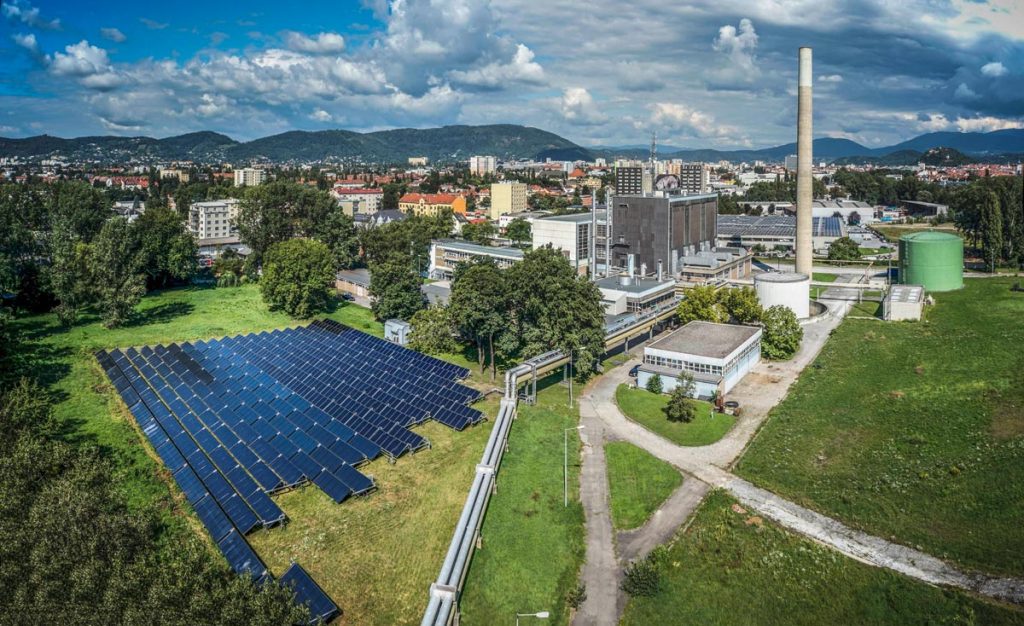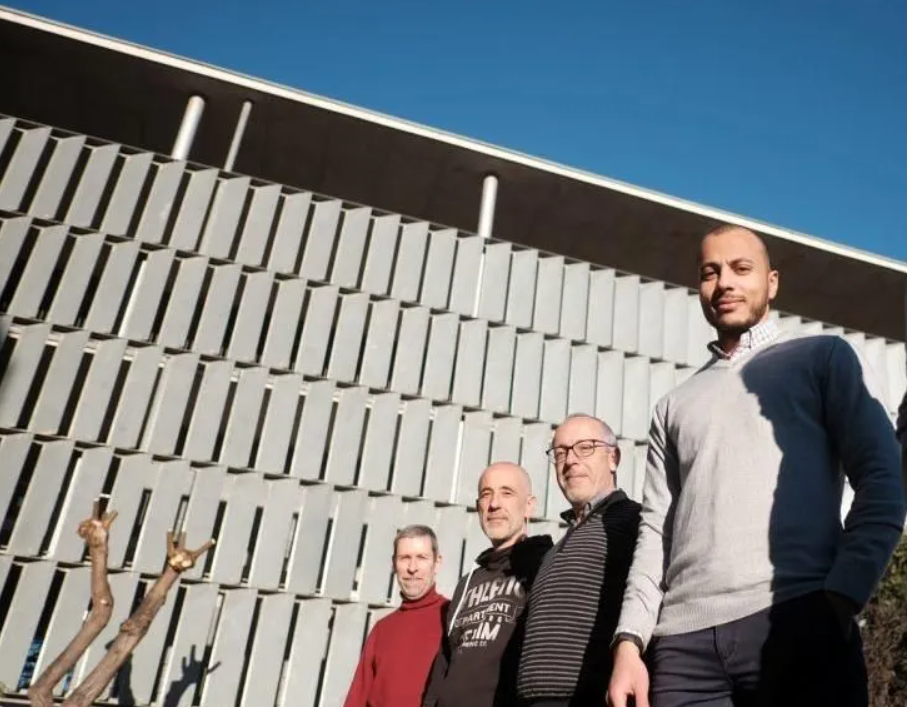03/07/2020
Solar assisted heating networks reduce environmental impact and energy consumption
These installations centralize large scale heating and the production of hot water. One study led by researchers from the URV has created a diagnostic tool that uses artificial intelligence to demonstrate the feasibility of these systems

These installations centralize large scale heating and the production of hot water. One study led by researchers from the URV has created a diagnostic tool that uses artificial intelligence to demonstrate the feasibility of these systems
More than 40% of energy consumption in the European Union is by buildings and 63% of this figure is due to residential dwellings. Furthermore, more than 75% of domestic energy consumption is related to heating and the production of clean hot water. These data highlight the need to look for alternative sources of energy in line with the EU’s 2030 targets that seek a sustainable transition from fossil fuels to renewable energies and to reduce emissions of greenhouse gases. With this in mind, a group led by the URV has created a diagnostic tool that uses artificial intelligence to demonstrate the reduction in environmental impact and in energy consumption from solar assisted heating networks. The results of the study have been published in the journal Applied Energy.
Solar assisted heating networks are installations that have centralized systems for producing hot water on a large scale. Thermal solar collectors capture solar energy to meet the demand for heating and clean hot water in residential dwellings throughout a given neighbourhood. The principal difference between solar assisted heating networks and the thermal energy storage systems that can already be found in some homes is that the latter can only use the energy in a short period after it has been collected (in the following hours or, at the most, the following seven days). In contrast, solar assisted heating networks store the excess thermal solar energy during the sunniest months in large underground tanks (up to 10,000 cubic metres) and very well insulated so the heat can be used during the autumn and winter, when there is less solar energy.
To test these systems in residential areas and after simulating plants in various climatic zones of Europe, the research group has carried out a theoretical pilot study in Madrid, where they applied the artificial-intelligence based diagnostic tool to determine the optimum design for solar assisted heating networks with a working life of 40 years. The study looked at different sizes of urban districts, including communities of 10, 24, 50 and 100 buildings.

The tool found that the implementation of solar assisted heating networks could lead to a significantly reduced environmental impact compared with traditional forms of heat generation that use gas heaters and boilers. The reduction is even greater as the size of the district increases, reaching 89.3% for a community of 100 buildings. Moreover, the system has also demonstrated a clear economic benefit insofar as it reduces the total cost by up to 66, depending on the size of the community. In terms of getting a return on the initial investment, the system is more effective the larger the community. For example, in a district of 100 buildings, the investment s recuperated within 13.7 years. Regarding thermal performance, the diagnostic tool shows that 82% of the energy used came from the sun.
Despite this promising future, there are still technical, administrative and financial barriers that limit the roll-out of these systems. The principal installations are in northern countries which consume a large amount of energy for heating, such as Canada, Sweden, Denmark, German and Austria. In Catalonia, there are 60 of these district networks (such as the 22@ in Barcelona), but they use biomass and other sources of energy rather than solar energy.
The study has been led by the researchers Dieter Boer, Manel Vallès and Mohamed Hany Abokersh (doctoral student on the Martí i Franquès COFUND programme) from the URV’s Department of Mechanical Engineering, and Luisa F. Cabeza, from the University of Lleida. The study forms part of the MATCE project, coordinated by researchers from the URV, UdL and UB and funded by the Spanish Ministry for the Economy and Competition. It is also supported by the ICREA Academia programme, which is part of the Horizon2020 programme of the European Union and the Sklodowska-Curie Actions, and the Spanish Network for the Storage of Thermal Energy.
Reference: Mohamed HanyAbokersh, Manel Vallès, Luisa F. Cabeza, DieterBoer. A framework for theoptimalintegration of solar assisteddistrictheating in differenturbansizedcommunities: A robust machinelearningapproachincorporating global sensitivityanalysis. AppliedEnergy, Volume 267, 1 June 2020, 114903. DOI: https://doi.org/10.1016/j.apenergy.03
